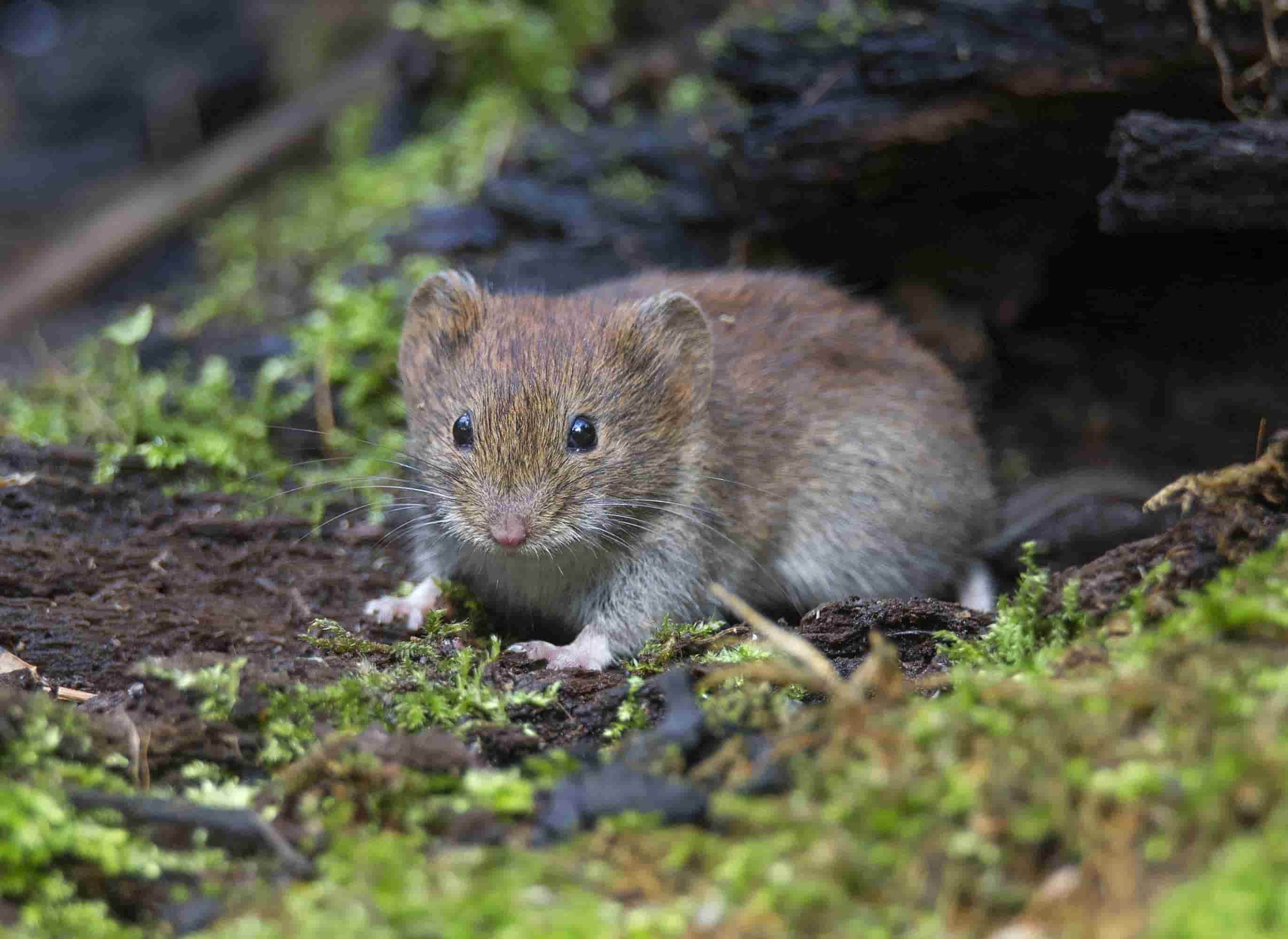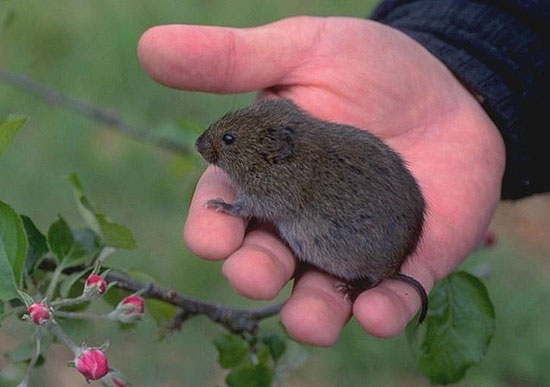Comprehending Vole Backyard Damage and Just How to Battle It
Comprehending Vole Backyard Damage and Just How to Battle It
Blog Article
Comprehensive Overview to Efficient Vole Bug Control: Invasion Recognition and Therapy Methods
In the world of reliable parasite control, vole problems present an one-of-a-kind challenge that requires a tactical approach. By checking out the subtleties of vole habits, understanding vital signs of invasion, and assessing a variety of control choices, one can develop a comprehensive technique to deal with these elusive parasites.
Understanding Vole Actions
Vole habits is defined by their delving behaviors and quick reproduction rates, making them a difficult parasite to regulate successfully. These little rodents commonly develop detailed passage systems underground, utilizing them for sanctuary, food storage, and transport. Voles are herbivores, taking in a range of plants, bulbs, lawns, and roots, which can trigger considerable damage to yards, orchards, and yards. Their fast reproductive price additional complicates control efforts, with females efficient in producing multiple clutters in a solitary year, each consisting of a number of spawn.
Voles are most energetic during the morning and evening hours, spending the bulk of their time foraging for food. Their burrowing habits not just disrupt grass and gardens but additionally make them testing to eliminate and identify. Comprehending vole habits is important for efficient insect control methods. By determining their burrow areas, keeping track of feeding locations, and executing targeted control methods, such as trapping or habitat modification, vole problems can be taken care of successfully.
Signs of Vole Invasion

Avoidance Strategies
Carrying out effective prevention strategies is important in minimizing vole problems and guarding plants from their devastating feeding habits (vole control). To stop vole problems, it is necessary to begin by getting rid of potential food resources and shelter. Maintain lawn and plant life cut short, remove weeds and debris, and keep a neat garden or yard to make the area less attractive to voles. Installing barriers such as hardware towel or below ground secure fencing can likewise aid hinder voles from going into details areas. Additionally, reducing excess wetness by dealing with leaking pipes and making sure correct water drainage can make the atmosphere less friendly for voles.
Regularly examining the residential or commercial property for signs of vole activity, such as paths and delve openings, is vital for early detection and timely action. If vole activity is thought, consider making use of repellents or traps tactically positioned near their pathways. Using all-natural killers like snakes or owls can additionally help maintain vole populations in check. By carrying out a mix of these prevention strategies, home owners and gardeners can properly secure their plant life from vole damage.
Non-Lethal Control Methods
To effectively handle vole populations while focusing on gentle approaches, non-lethal control methods supply functional options for reducing vole damages in landscapes and gardens. visit this website One reliable method is the usage of physical barriers such as equipment fabric or cable mesh to shield vulnerable plants. These barriers can be hidden a minimum of 12 inches curved and deep at a 90-degree angle to prevent voles from burrowing underneath. Additionally, habitat adjustment can hinder voles by decreasing their favored food sources and hiding places. Preserving a well-mowed yard, removing particles, and keeping plant life trimmed can make the environment much less appealing to voles.

Lethal Control Options
One effective approach for resolving vole invasions in gardens and landscapes involves the calculated use of dangerous control choices. When faced with an extreme vole invasion that non-lethal approaches have fallen short to contain, applying lethal control measures becomes essential. In general, when employing deadly control choices, it is crucial to do so sensibly and in conformity with local regulations to successfully handle vole problems.
Conclusion
In verdict, efficient vole pest control needs a thorough understanding of vole actions, recognition of signs of invasion, execution of avoidance techniques, and utilization of both non-lethal and deadly control techniques. By combining these approaches, people my sources can efficiently take care of vole populaces and safeguard their building from damage. It is essential to attend to vole problems promptly to protect against further problems and minimize the effect on the important link surrounding environment.
Given the complex tunnel systems and fast reproduction prices particular of voles, recognizing the indications of vole problem comes to be vital in reliable parasite control. One of the primary signs of vole existence is the presence of surface paths or trails in grass or snow, typically about 1-2 inches vast, created as voles travel between their burrows and food sources.To successfully take care of vole populations while prioritizing humane approaches, non-lethal control techniques offer useful solutions for reducing vole damage in yards and landscapes.One effective approach for dealing with vole invasions in landscapes and yards entails the strategic usage of deadly control alternatives. vole yard damage.In verdict, efficient vole parasite control needs a comprehensive understanding of vole actions, identification of indicators of infestation, implementation of avoidance techniques, and use of both lethal and non-lethal control approaches
Report this page